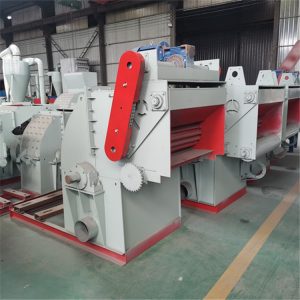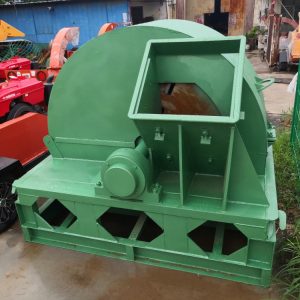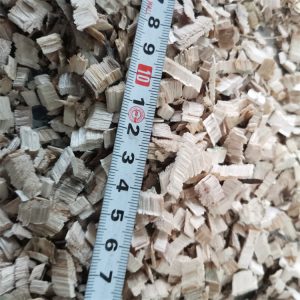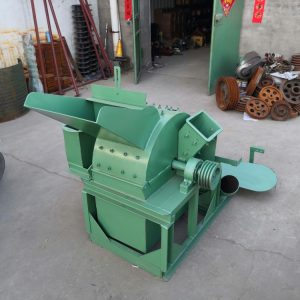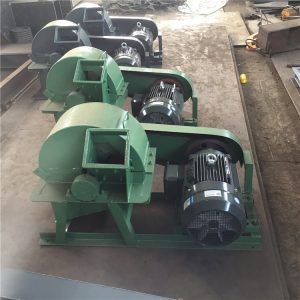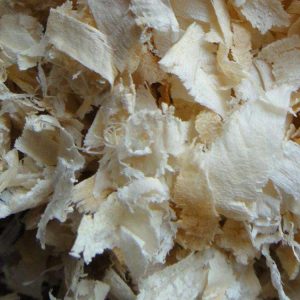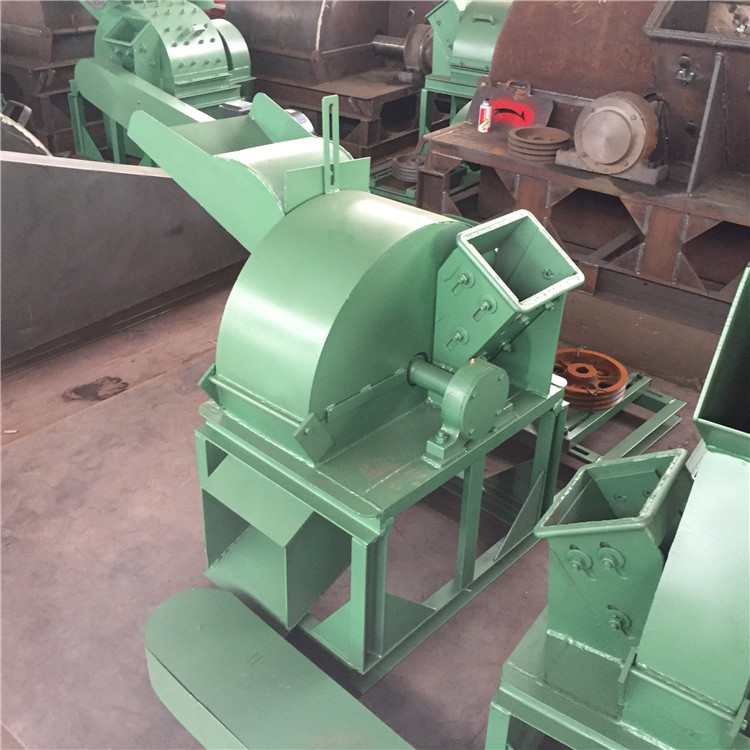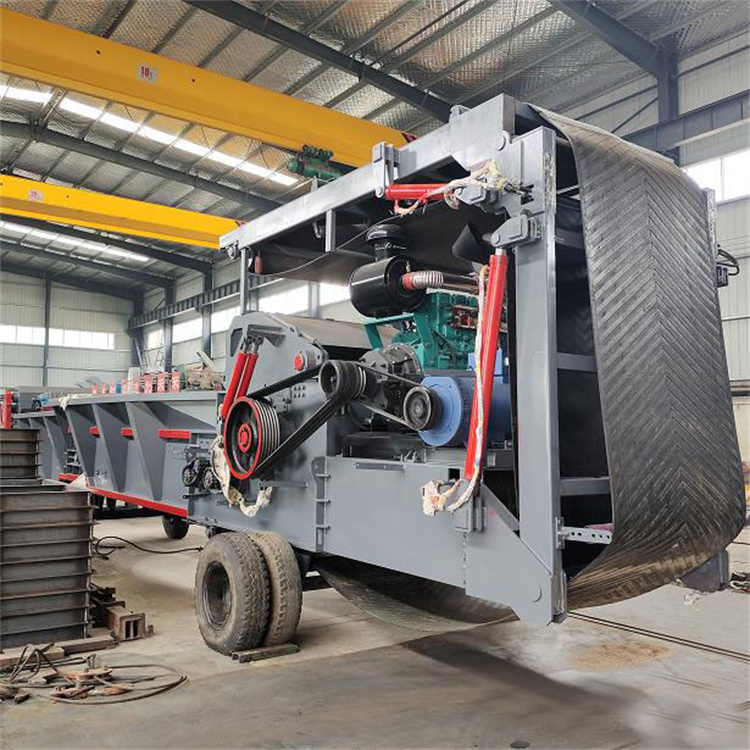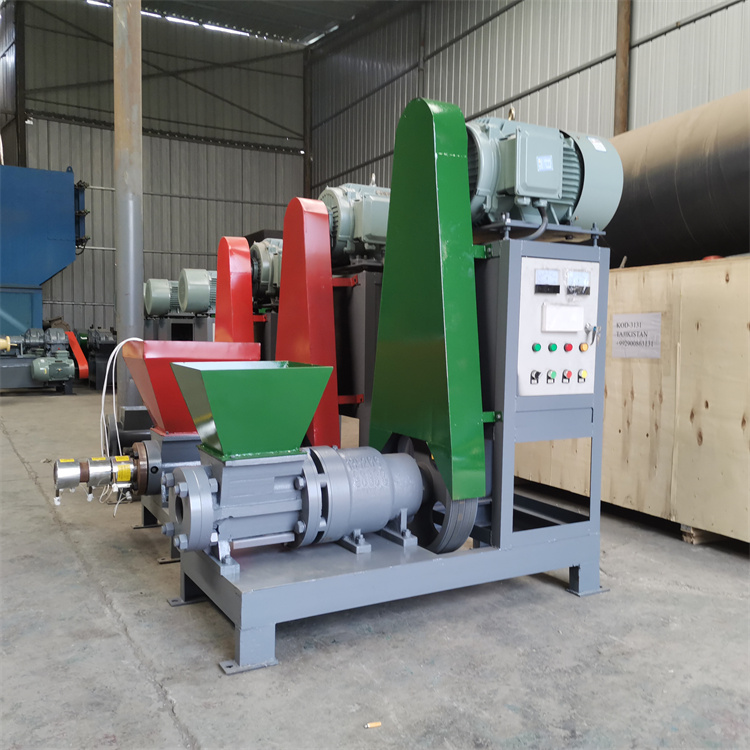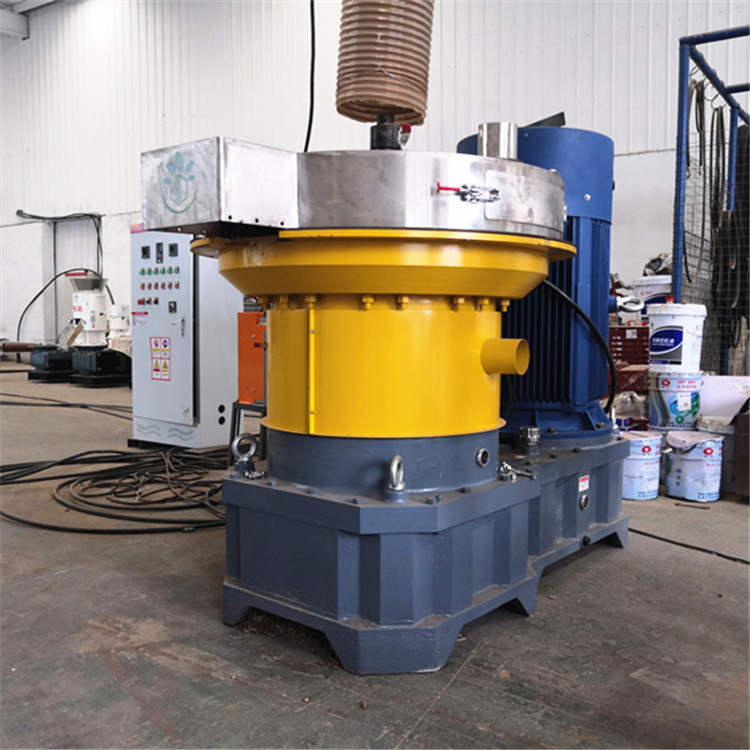After being crushed by a wood crusher (usually processed into wood chips, wood powder, or wood shavings), sawmill scrap wood can be efficiently utilized in many fields due to its low cost and stable source, reducing waste and creating economic value. The following are the main applications:
- Agriculture and animal husbandry: recycling to reduce costs
Animal bedding
- As mentioned above, wood chips crushed by a wood pulverizer can be used as bedding for poultry (chickens, ducks), livestock (pigs, cattle), pets (hamsters, rabbits), and economic animals (bees, earthworms). They must meet conditions such as being non-toxic, dust-free, and highly hygroscopic (preferably non-irritating wood such as poplar and birch).
- Advantages: The cost is much lower than that of special bedding (such as wood shavings and rice husks), and after absorbing manure and moisture, it can be directly used as raw material for organic fertilizer.
Organic fertilizer and planting substrate
- Wood chips crushed by a tree pulverizer can be mixed with animal manure, straw, etc., and after composting and fermentation, they can be made into organic fertilizer to improve soil aeration (especially clay soil).
- As a cultivation medium for edible fungi (such as shiitake mushrooms and oyster mushrooms), wood chips provide cellulose and lignin, which are the core nutritional sources for fungal growth (requiring a mixture of bran and corn flour to adjust the carbon-to-nitrogen ratio).
- Used as a propagation medium for flowers and shrubs: mixed with perlite and peat moss, it provides loose and well-aerated conditions to promote root growth (e.g., for rose and osmanthus cuttings).
- Energy and fuel: Replacing fossil fuels, environmentally friendly and energy-saving
Biomass fuel
- Pressed into biomass pellet fuel: Wood chips are crushed, dried (moisture content ≤15%), and compressed into pellets with a diameter of 6–10 mm. The calorific value is approximately 4,000–4,500 kcal/kg, and it can replace coal for boiler heating and household fireplaces. It produces minimal pollution when burned (low sulfur content).
- Direct combustion: Used as fuel in small boilers or hot air furnaces (e.g., for self-heating in wood processing plants or greenhouse heating), but emissions must be controlled.
Gasification Power Generation
- Wood chips undergo pyrolysis gasification to produce combustible gases (carbon monoxide, hydrogen), which drive generators for power generation. This is suitable for large-scale sawmills with integrated energy recovery systems, enabling “self-production and self-use.”
III. Industry and Manufacturing: As Raw Materials or Additives
Raw Materials for Engineered Wood Panels
- Mixed with adhesives (such as urea-formaldehyde resin) and pressed under heat to produce medium-density fiberboard (MDF) and particleboard, used in furniture and packaging material production (requires uniform particles to avoid impurities affecting panel strength).
- Production of wood-plastic composite materials (WPC): Mixed with plastic pellets (PE, PP) and melted to produce outdoor flooring and fences, combining the texture of wood with the corrosion resistance of plastic.
Paper and Fiber Processing
- Some softer wood scraps (e.g., poplar, eucalyptus) can be crushed and used as pulp raw materials to produce packaging paper, toilet paper, etc. (bark and impurities must be removed to reduce pulp production difficulty).
Filling Materials
- Used as filling material for sofas and mattresses (requires degreasing and deodorization to prevent insect infestation);
- Used as packaging cushioning material (as an alternative to foam), especially for fragile items (ceramics, glass) during transportation, as wood chips offer good cushioning properties and are biodegradable.
- Handicrafts and Cultural Creativity: High-Value-Added Utilization
Craft Materials
- Finely ground wood powder can be used to make wood chip paintings, handmade paper, or mixed with resin to cast imitation wood ornaments;
- Larger wood chips can be sanded and painted to create decorative paintings, storage boxes, and other cultural and creative products.
Pet Toys and Accessories
- Non-toxic wood (such as birch) can be crushed and compressed into pet chew toys (requiring high-temperature disinfection to prevent splinters) or mixed with natural rubber to create cat scratching board bases.
- Other Special Applications
- Garden mulch: Spread on flower beds or orchard surfaces to suppress weed growth, retain soil moisture, and slowly decompose into nutrients (avoid using wood shavings from coniferous trees, which contain oils that may inhibit plant growth).
- Fireproofing material: Fire-retardant-treated wood shavings can be used as fillers in lightweight fireproof coatings for building fireproof layers.
- Environmental remediation: Wood shavings can adsorb heavy metal ions (such as lead and copper) in wastewater treatment or be used as a compost filter bed to treat livestock wastewater.
Usage Recommendations
- Prioritize material selection: Remove wood treated with chemicals (paint, preservatives) or toxic wood (pine and cypress should be used with caution), and avoid application in food or livestock industries.
- Control particle size: Adjust particle size according to application (e.g., 3–5 mm for biomass fuel, 5–10 mm for bedding) to enhance compatibility.
- Scalable utilization: If scrap wood production is high, establish long-term partnerships with nearby farms, biomass power plants, or plywood factories to reduce transportation costs and achieve a closed-loop supply chain.
Through crushing and processing with a wood crusher, sawmill scrap can be converted from “waste” into a diverse resource, balancing environmental protection and economic benefits.
